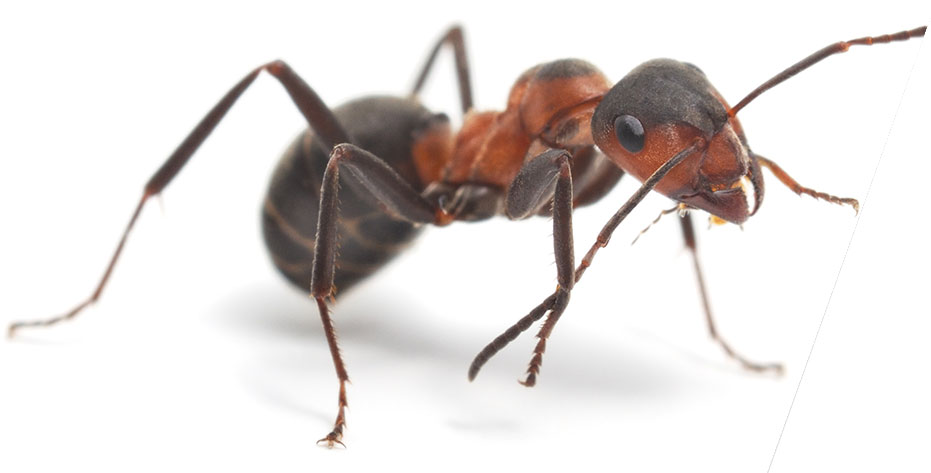
We Can Solve ANY
problem!
SAME DAY PEST SERVICE AVAILABLE!
IDENTIFY: Which type of ant do you have?
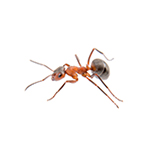
Brown Ant

Carpenter Ant
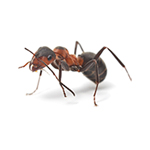
Forest Ant
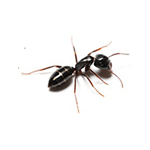
Odorous House Ant
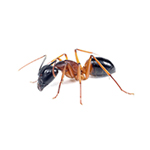
Sugar Ant
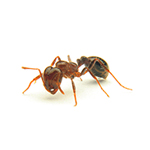
Fire Ant
Ants In My House
Ant piles around your home can be more harmful than you think. A typical ant mound contains between 250,000 and 500,000 ants and these colonies can relocate within 24 hours. For this reason, treating ants can often be frustrating for most Do-It-Yourselfers.
Ants forage for food, and this leads them to enter your house. Because of the persistent nature of ants, your McCarthy technician will preemptively seek out and destroy each colony. Each mound will be treated with commercial bait which destroys the colony from the inside-out. This prevents ants from moving around your home (known as ‘budding’).
With the right combination of product and service, we can guarantee your home and yard will be ant-free. Whether inside or out, every aspect of the McCarthy service is essential in eliminating ants from your home.

Get Rid Of Ants
In the Kansas City, Missouri area, ants can invade a kitchen or take over your backyard. If you don’t regain control, they’ll make your life miserable.
If you’ve tried to get rid of ants and failed, here’s how professional pest techs solve ant problems:

Types of Ants
Types of Ants
Ant colonies are highly organized and coordinate job specialization that would rival our market economy. There are three distinct physical classes based on job function. The first is the queen. Most colonies only have one queen, but some species have multi-queen structures. The queen ant is responsible for producing every ant in the colony and colonies can sometimes reach numbers in the millions. The queen is central to the colony’s social structure and survival, and a colony usually dies within a few months of the queen’s death. Left undisturbed, queens can survive for up to 30 years! The second physical class is the worker ant which are all female. These ants represent over 90% of the colony and are subdivided into hundreds of specialized roles. Some ants scout, some raise larvae, and some create farms of aphids which they ‘milk’ to produce food, while others raid neighboring colonies and bring back slaves to do their work. The third class of ant is the male ant. Males have wings which they use for reproduction purposes. You usually see flying ants during the mating season when males search for females to mate with. Males only live for a few weeks.
Take time to do an inspection.
The first step is to conduct a thorough inspection to locate foraging trails, ant colonies, and conditions conducive to ant infestations. Remember, more than one species may be found in and around a structure. When inspecting for foraging workers, pay close attention to ‘lines’ where ants like to travel, such as expansion cracks in driveways and sidewalks, and along foundation walls and fence lines.
IDENTIFY THE TYPE OF ANTS YOU FIND.
There are a variety of treatments for ants and unless you properly identify the type of ant that’s infesting your home, the treatment may not be effective in reducing ant populations. Different types of ants will make colonies in different locations, so properly identifying the ant species will help you find where the colony or colonies are located and develop the most cost-effective control strategies. If unsure, collect specimens for positive identification.

Identify conditions that may contribute to the infestation.
Ants are attracted to areas which are ideal for colonizing and provide an ample food source. Correcting these conditions helps prevent future infestations and increases the likelihood of successful removal.
Provide the correct treatment.
Now that you know the type of ant you are treating and have located their colonies, you can effectively begin treatment. In most cases, effective control includes a pesticide application in combination with the elimination of the conditions which attracted the ants in the first place. You may need to cut back shrubs or vegetation to help keep ants away from the building, remove sources of shelter and food, and make sure that you eliminate the entrance to your home. Before using any pesticide, read the label and follow directions carefully.
Clutter: Remove clutter so that centipedes will not be hidden from sight.
Evaluation.
After the treatment, visit the areas where you found ants and determine the effectiveness of that treatment. Do you still see ants or are they gone completely?

WE PROVIDE GUARANTEED PEST CONTROL SERVICE
IN THE KANSAS CITY, MISSOURI AREA
For professional treatment that stops ants from taking up residence in your home,
call McCarthy Pest & Termite Control at (636) 441-1300.





